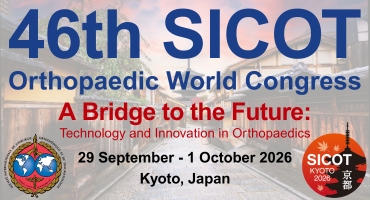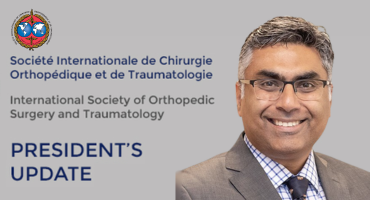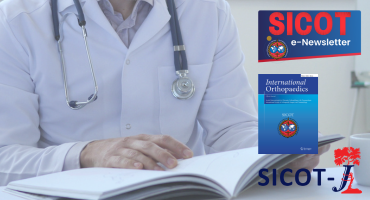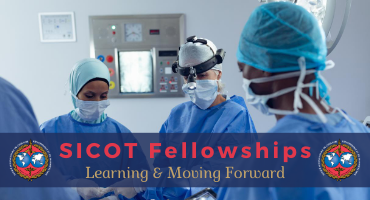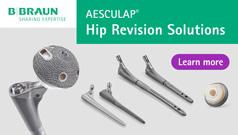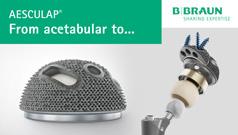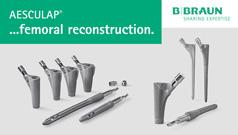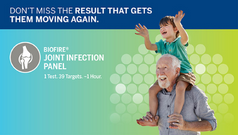Trends in hemiarthroplasty and total hip arthroplasty for femoral neck fractures: Surgeon or patient driven?
Injury. 2025 Aug 6;56(10):112662. doi: 10.1016/j.injury.2025.112662. Online ahead of print.
ABSTRACT
INTRODUCTION: The primary objective was to analyze the trends in hemiarthroplasty (HA) and total hip arthroplasty (THA) for adult patients with fractures (FNFs), with a focus on geriatric population, over the past two decades. The secondary objectives were to compare outcomes between HA and THA and evaluate its association with patient- and surgeon- specific factors.
METHODS AND MATERIALS: Design: Retrospective cohort.
SETTING: Two Level 1 Trauma Centers. Patient Selection Criteria: Adult patients with FNFs between 2001 and 2023.
RESULTS: A total of 3180 cases of FNF treated with arthroplasty were included in the study, comprising 2497 patients who received HA and 683 patients who received THA. There was an overall increase in both THA and HA performed for geriatric FNFs with THA increasing at a faster rate (223 % vs. 172 %, respectively). Patients receiving THA were younger (70.8 vs. 81.4 years, p < 0.001) and more likely to be female (70.9 % vs. 65.1 %, p = 0.006). Patients receiving HA had lower BMI (24.6 vs. 25.4kg/m2, p = 0.002), higher Charlson Comorbidity Index (7.5 vs. 4.6, p < 0.001), and higher rates of dementia (29.9 % vs. 7.8 %, p < 0.001).Factors associated with selection of THA over HA included arthroplasty fellowship training (21.5 % vs. 10.4 %, p < 0.001) and greater surgical experience, as measured by years in practice (15.1 vs. 12.5 years, p < 0.001).. Patients receiving THA had shorter hospitalizations (6.3 vs. 7.9 days, p < 0.001) and were more likely to be discharged home (24.3 % vs. 5.5 %, p < 0.001). Despite similar reoperation rates (4.5 % vs. 5.1 %, p = 0.58), THA resulted in a higher complication rate (9.2 % vs. 6.1 %, p = 0.006). HA had higher 90-day (11.1 % vs. 1.6 %, p < 0.001) and 1 year (21.1 % vs. 3.8 %, p < 0.001) mortality rates.
CONCLUSIONS: There has been a rising trend in THA for the treatment of FNFs over the past two decades, and factors affecting treatment decision are both patient and surgeon driven.
PMID:40840316 | DOI:10.1016/j.injury.2025.112662






